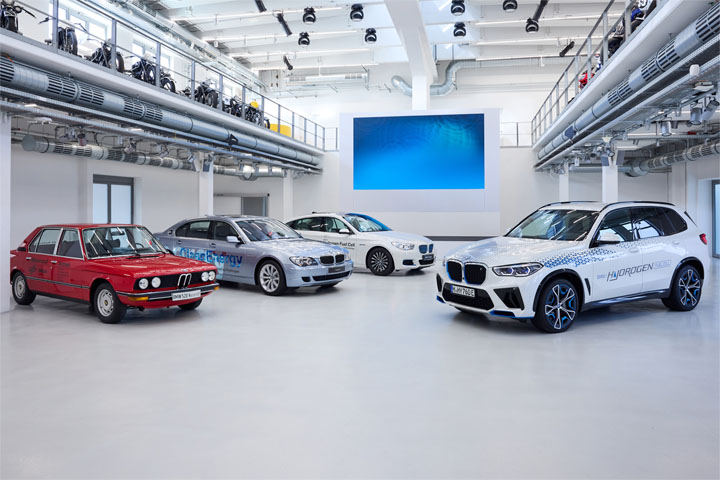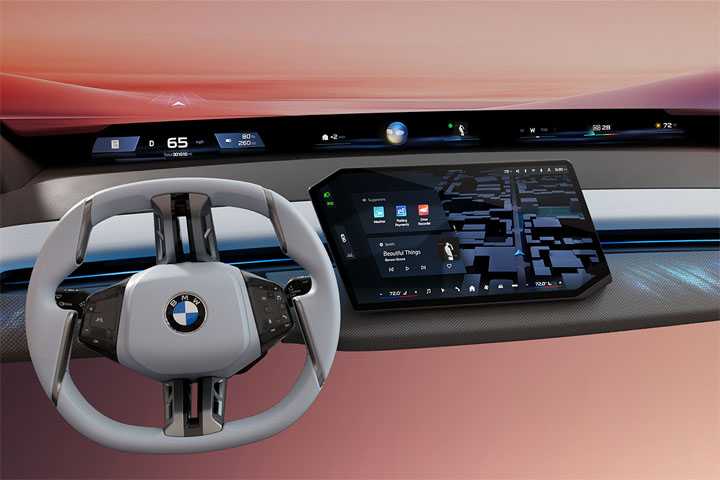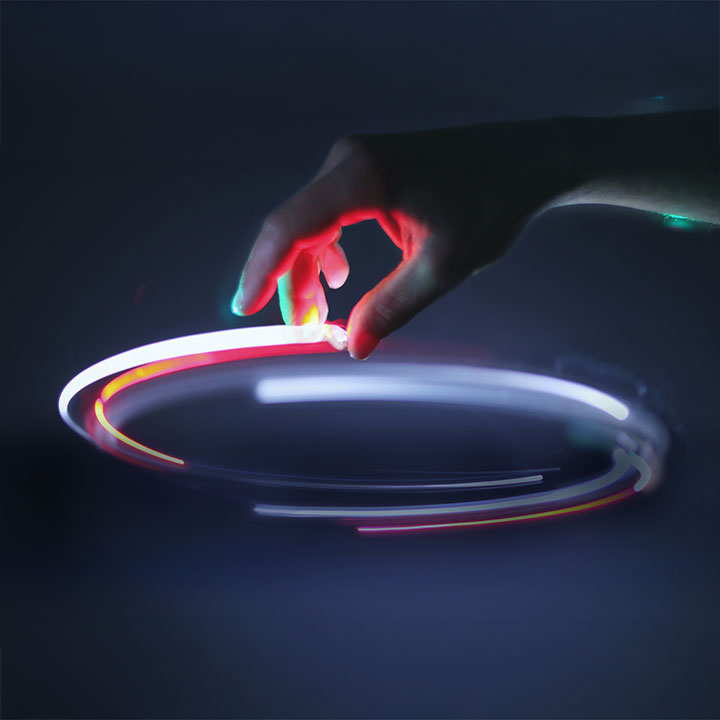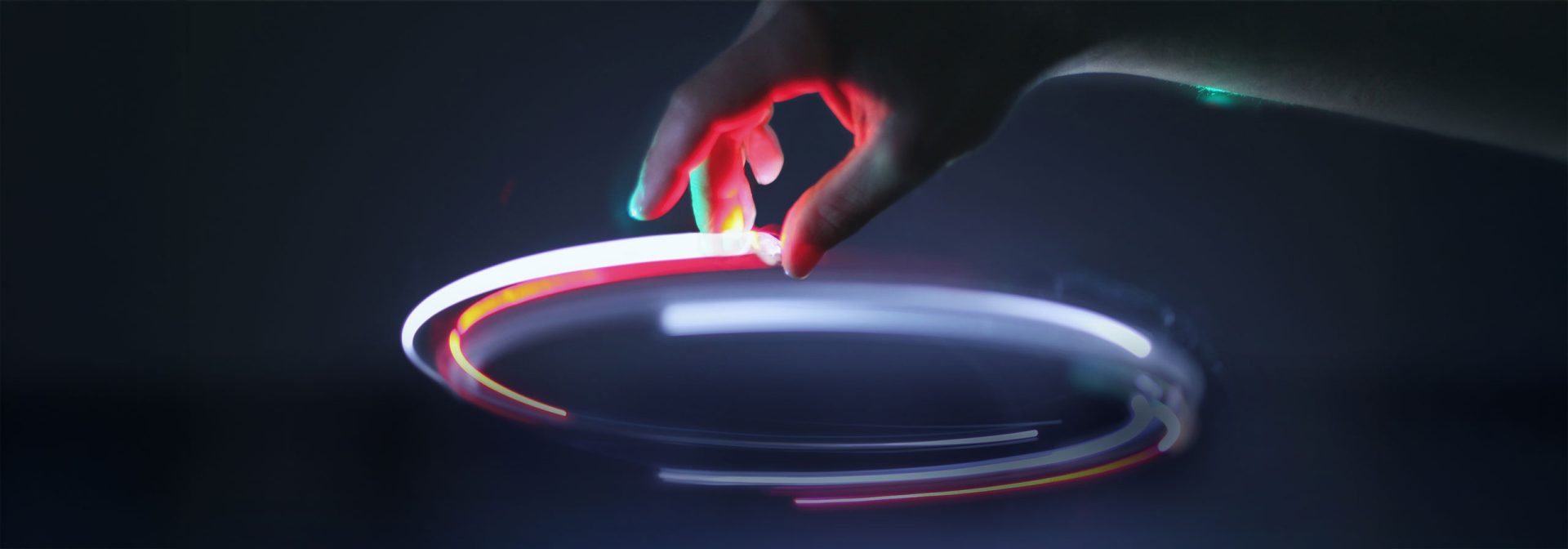Circular economy is a strategic focus of product development at the BMW Group, with the increased use of secondary materials forming a cornerstone of our strategy. By supporting us reduce the amount of primary raw materials we use, it is not only helping us lower our CO₂e emissions but also reducing the environmental and social impacts of primary raw material extraction and processing. In addition, it makes us less dependent on critical primary raw materials.
By implementing a circular economy, we follow the principle of „Design for Circularity“. This means designing and developing components to incorporate a greater proportion of secondary raw materials, choosing easily recoverable materials and optimising parts for easy dismantling. This lays the foundation for cost-efficient, high-quality recycling.















